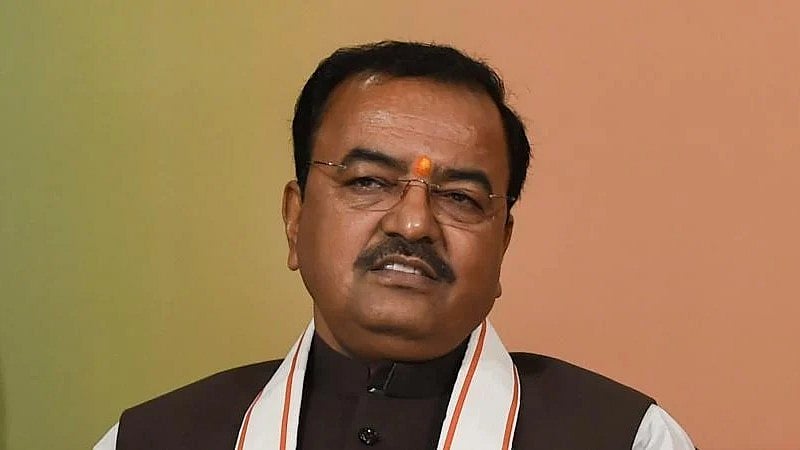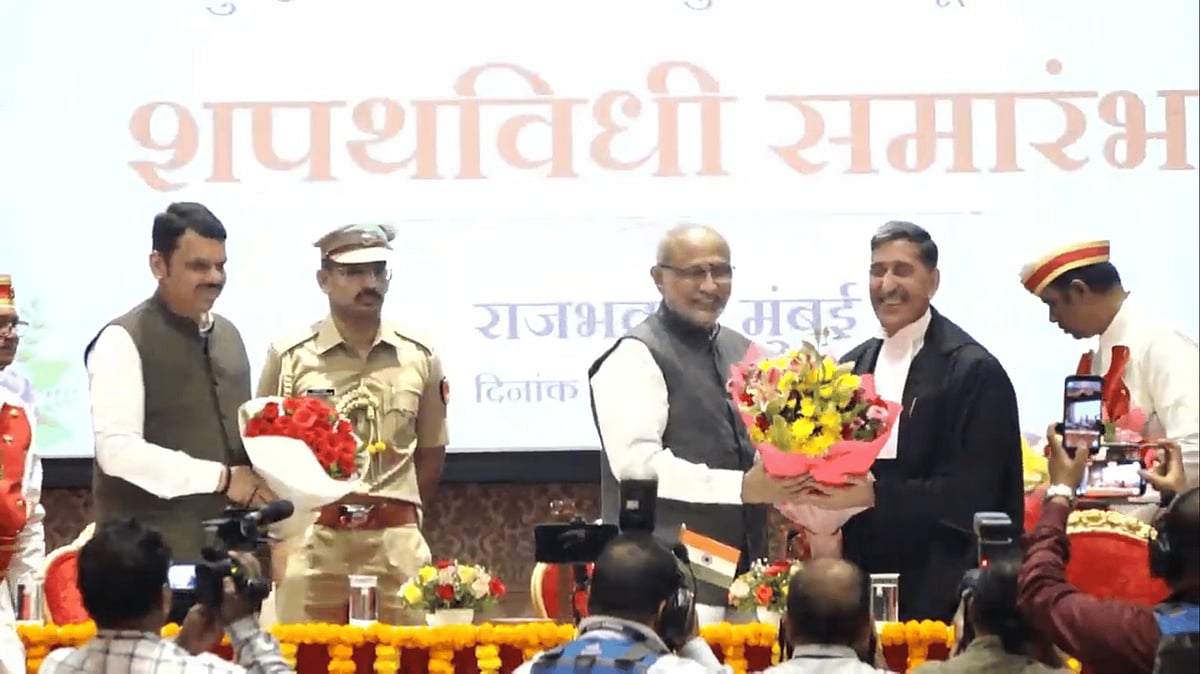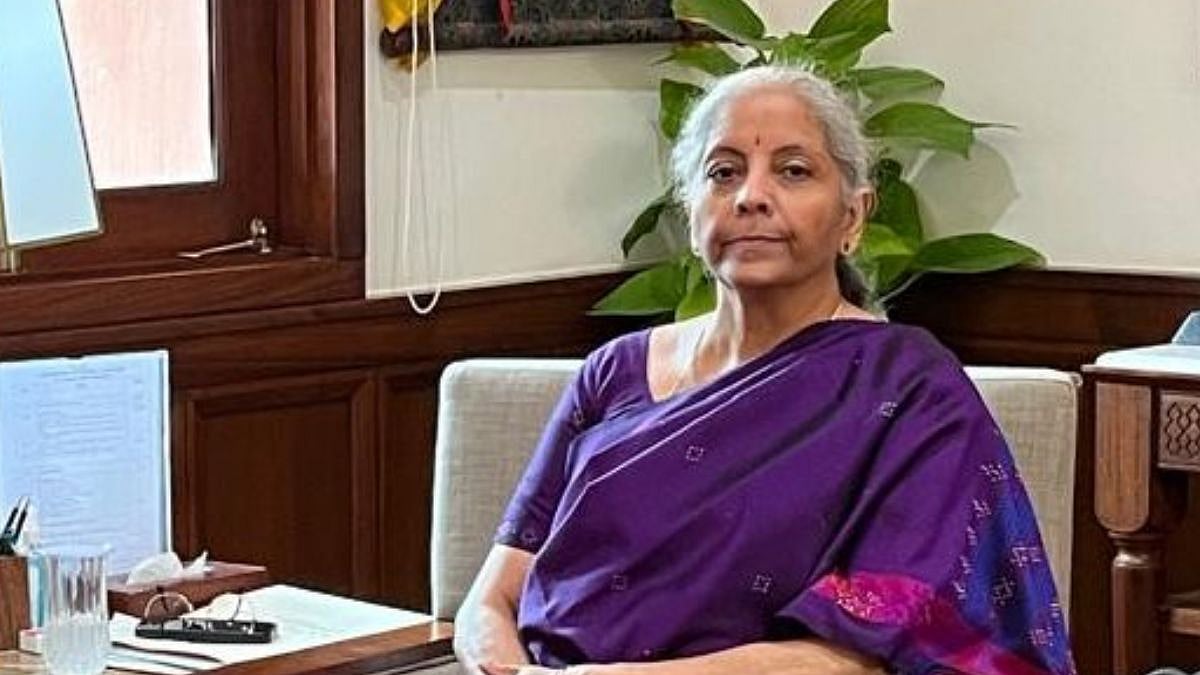A large number of Indians turned towards entrepreneurship during the pandemic to supplement their income as economic uncertainty was looming. Small and medium sized businesses currently make up for 33 per cent of the GDP and have generated 1.2 crore jobs across the country. As 96 per cent of these small scale enterprises expect a profit in the coming year, they will be watching the union budget closely, for policies which can impact input costs and affect ease of doing business.
Although India has 4.25 crore small and micro industrial units, they have been facing difficulties with a demand slump, and expensive transportation driving up the cost of doing business. Subsidies, GST reduction, production linked incentive schemes and similar measures are crucial for the sustainability and growth of small businesses. With the decisive budget ahead of the Lok Sabha polls round the corner, lets take a look at what aspirational entrepreneurs in each sector are looking for.
Strengthen micro-credit to fund smaller ventures
The Non-Banking Finance have been crucial for financial inclusion in Inida, by financing small businesses and rural households. This makes NBFCs a viable alternative to banks, and makes a strong case for better incentives for them.
Mumbai-based Red Fort Capital’s founder Parry Singh hopes for tax exemption on interest paid to NBFCs, similar to that on interest payment to banks. He says, “There should be a Tax exemption on 20% income from MSME lending, which will further motivate NBFCs to lend more to MSMEs.” As for ease of doing business for NBFCs, Singh feels that, “The AUM limit should be relaxed in SARFAESI Act, from an AUM of Rs. 100 Cr to Rs. 50 Cr to support collection.”
Arguing that more credit can generate direct employment at NBFCs for accountants and loan officers, along with jobs at NBFCs, Singh adds that, “There should be a reintroduction of Credit Guarantee Schemes, increasing their quantum and limit (currently Rs 2 Cr) to help NBFCs fulfil the credit needs of the MSMEs at a cheaper cost.”

Since NBFCs offer 80 per cent credit to MSMEs, mandatory co-lending by banks alongside small finance firms, loan insurance, loan securitisation and liquidity enhancement schemes are also on the sector’s wishlist.
Charging up electronics and smartphone manufacturers
With a 126 per cent growth in production, India has become the world’s second largest smartphone manufacturer, pitching itself as a viable alternative to China. The value of India’s electronics industry has gone from $10 billion to $75 billion between 2014 and 2022. The export of $1 billion India-made iPhones in a month highlighted the success of the production linked incentives scheme for smartphones, and similar measure is in place for electronics.
But according to Mandeep Arora, co-founder of UBON which makes wearables including headphones and wireless speakers, the sector needs more tax cuts. He says, “We expect an decrease in the current GST rate of consumer electronics which is 28%. Along with this concession on mobile accessories GST rate (18%) should be reviewed.”
Calling for further reforms and better administration, Arora added that, “The previous edition, the NPE 2012, established the goal of India becoming net zero in electronics imports by 2020. That did not occur. Better implementation and serious planning can help us achieve this goal.”
On the need for opening up channels to facilitate the inflow of foreign investment, he said, “Foreign corporations considering establishing a presence in India are also looking for lower tax rates on branch offices, which are still taxed at a much higher rate of 43.68 percent compared to the reduced corporate tax rate of 25.17 percent.”
Staying in touch with expectations of telcos
The telecom sector is the driving force for a digital India, and every online service as well as the functioning of smart technology will depend on high speed internet, accessible at a lower cost. The 5G rollout spearheaded by Jio and Airtel is set to ensure that, while India’s third largest telco Vodafone Idea is still lagging behind because of the burden caused by AGR dues. The state-owned BSNL has also been struggling to implement 4G and 5G seems a long way ahead.
As access to 5G for consumers in every city and town of India by end of 2023 relies on a new telecom infrastructure, the sector remains capital intensive. Which is why telcos are looking for a reduction in licence fee from 3 per cent to 1 per cent. They are also hoping that the government will do away with the Universal Service Obligation Fund, for which a 5 per cent levy is charged from telcos on their annual gross revenues.
Tailoring a budget which helps apparel makers
About 4.5 crore Indians find employment in the textile sector, while 10 crore others are working for industries linked to apparel making. It also accounts for more than 14 per cent of the industrial manufacturing output, and is one of the oldest sectors powering the economy. The provisions in Budget 2023 for the textile sector not only determines the prices of clothing in India, but also determines the future of the second largest job creation powerhouse in the country.
One major point on the textile sector’s agenda is to speed up work on the PM-MITRA or Mega Integrated Textile Region and Apparel scheme. The initiative involves unlocking seven integrated textile parks for manufacturers across India. Another item on the wishlist is a larger volume of free trade agreements, to boost exports of Indian apparel by enabling manufacturers to outpace Bangladeshi competitors.
But most importantly, the sector wants a Cotton Price Stabilisation Fund, which will have 5 per cent interest subvention, with margin money lowered from 25 per cent to 5 per cent and a credit limit stretched up to nine months.
Driving up growth for the auto sector
Domestic car-sellers such as Maruti Suzuki and Tata have been surging ahead after the pandemic, and emerging two-wheeler firms have emerged as a driving force for EV adoption. The government’s initiatives such as production linked incentives for e-vehicles have been crucial for local manufacturers, although investigation into misuse of funds has hit its seamless implementation.
As EV adoption remains a major goal for the government to achieve net-zero status, the sector wants the undefined charges levied on the charging infrastructure to be addressed in Budget 2023. Another item on their wishlist is GST reduction for batteries and a uniformity in the tax for EV parts at 5 per cent.
Organised players in the used car sectors also want the government to allow consumers to claim depreciation on vehicles, along with tax benefits and lower interest rates on car or bike loans. Apart from them, spare part makers in India are looking for a GST reduction from 28 per cent to 18 per cent, so that lower input costs can make vehicles more affordable.
Lowering price of raw materials for Consumerable durables
After a low growing post COVID-19 pandemic period the consumerable durables industry has seen a positive trend with high demands as consumers were indoors. In this budget, the industry is optimistic about receiving some measures to help push the growth further ahead.
Murali Iyer, CFO of IKEA India, said, "The home furnishings industry has seen incremental growth. Government measures aimed at enhancing technology and digitization have driven this growth, particularly in the areas of innovation, payment convenience, e-commerce market space and logistic support. We believe omnichannel retail has further potential to grow in India. There is a scope to introduce a national retail policy that will facilitate the growth of the retail industry. This will be essential in bringing consumers especially in smaller cities faster into the Indian growth story at an affordable cost and enable the growth of retail and all other trades."
Talking about the possible schemes and incentives Iyer added, "We hope the government relooks at lowering the prices of raw materials; continues to provide for PLI (Production linked incentive) schemes and investment friendly initiatives in the sector to enable India to become a production hub for home furnishing. Enabling ease of doing business is critical to attract further investments to India. We are optimistic that there is a consideration toward introducing incentives for foreign companies to flourish in the Indian market that will enable them to make a significant contribution to the Indian economy."
Increase the consumption of FMCG
India's Fast Moving Consumer Group (FMCG) markets in 2022 saw a subdued rural demand in addition to the rising inflation worries. With the upcoming budget the industry wants the governemtn to reduce tax rates to help increase the consumption demand and simplify the GST rates.
Puru Gupta Co-Founder and CEO of True Elements, a plant-based food brand said, "Given that India is a domestic demand-driven economy, focusing on consumer spending predominantly will tick a lot more boxes for the government than other vectors. As consumers trade down due to rising inflation, a consumption-led thrust by the government would drive the economy much faster, especially for the FMCG space. This could include creating jobs, raising the bar for personal taxation (increasing tax slabs), simplifying the GST rates for mass consumption categories, and promoting exports. Focus on agriculture and promoting the produce would accelerate the effort as it is. The Millet year is a great initiative in that direction, but would need more effort, and cohesion with local governments and percolate to enable it to percolate to the farmers."















